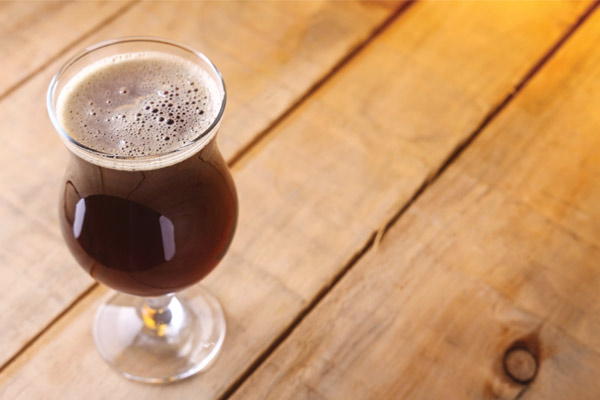

This article originally appeared in the March/April 2021 issue of Zymurgy Magazine
By Chris Pinnock
Barleywine is a strong ale with alcohol by volume as high as 12% and original gravity as high as 1.120 (28.1 P). Historically, beers most like modern barleywine would have been taken from the first mash runnings, after which the brewer would have reused the mash to obtain a variety of successively weaker beers. In the mid to late 18th century, barleywines were found in the breweries attached to the manors and houses of the upper classes in England. These beers were aged in oak and consumed instead of wine when the wine supply was restricted due to war with continental Europe. Given the strength and the aging, it is likely that the beer had a wine-like character.
The first commercial example of barleywine was Bass No. 1, marketed in the late 1800s. Its gravity was 1.100 (23.8 P). Production of Bass No. 1 continued until 1995, with a break between 1944 and 1955 due to wartime rationing. There are many other commercial examples. Tennant started to produce a golden…
Access the full article in the March/April 2021 Zymurgy magazine.
This article includes:
- HOMEBREW RECIPE: County Barleywine
- Setting up the experiment
- Comparing the following yeasts: Scottish, Nottingham, Saison, Trappist, Thomas Hardy, and London.
- Experiment results and tasting notes
- Yeast rankings by judge panel
Access premium member content for $4.99/month. Join Now
Access premium member content for $4.99/month
Join for $4.99Already a member? Login here
